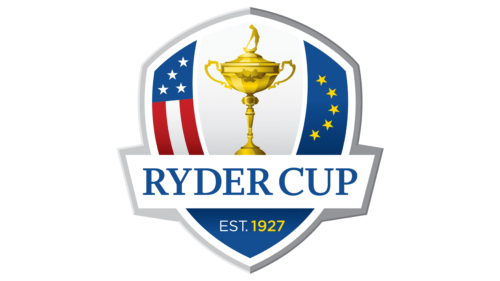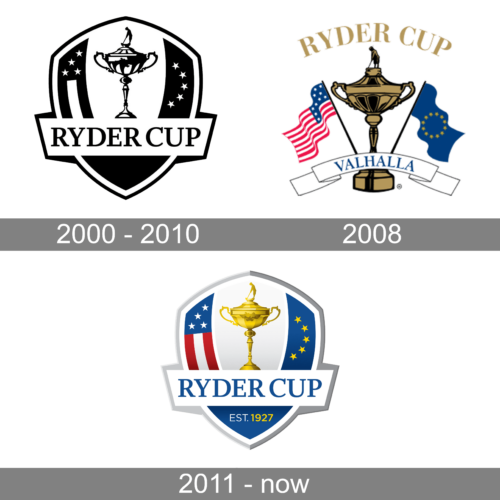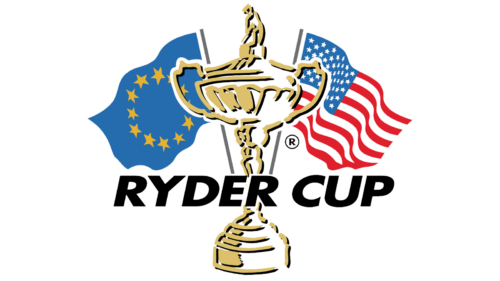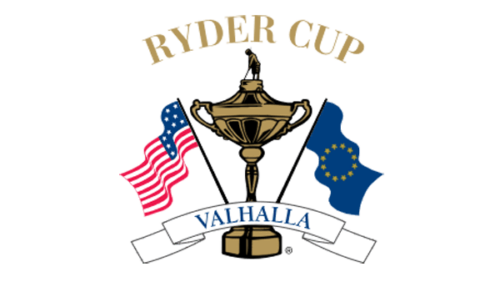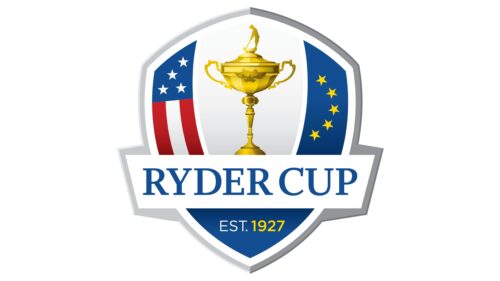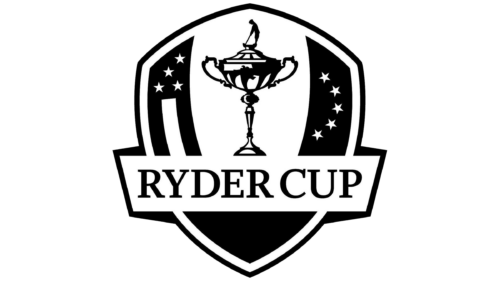The Ryder Cup is a golf trophy created in 1927 by a bequest from Samuel Ryder that honors the winner of the biennial tournament, pitting teams from Europe and the United States against each other since 1979. The competition is co-hosted by the PGA of America and the PGA European Tour and is played alternately on European and American courses.
Meaning and history
This Cup is named after the famous businessman Samuel Ryder and is held every two years. The Ryder Cup was first held in 1927. Today, this competition is among the biggest competitions all over the world, including all playing sports. For the first 50 years, the top twelve golfers from the United States competed in this tournament, facing the best 12 players from Ireland and Great Britain.
In 1979, the format was revised. It was from this moment that the Ryder Cup began a new turn in history. European players began to participate and the competition became much more interesting, which attracted a new audience as two tournaments, the PGA and the European Tour, began to compete.
PGA and European Tour teams consist of 12 players. The tournament itself takes place over three days and is divided into five sessions. The format is 18-hole match play. A hole is won if a player has the best score on the same hole. If the score is tied, the hole does not go to anyone in the overall standings. The winner of the match is the pair of golfers who managed to win the greatest number of holes.
There are no draws in the Ryder Cup. More precisely, a match can technically end in a draw when both teams have the same number of points. It has happened twice, in 1969 and 1989. But the trophy does not go to both teams. In such a case, the trophy is retained by the team that won the previous draw.
Interestingly, there is no monetary reward for winning the Ryder Cup. Leading golfers from Europe and the United States compete here in the name of such enduring values as honor, mutual respect, and team spirit.
What is the Ryder Cup?
Ryder Cup is the name of the premier event in the world of great golf. The Ryder Cup is considered one of the most prestigious sporting events in the world of golf. It is attended by 24 top professional golfers from Europe and the USA. The history of the tournament started in 1927.
In terms of visual identity, the Ryder Cup logo is based on the image of the golden trophy, which was commissioned by Samuel Ryder in 1927. Curiously, the cup does not depict Ryder himself, but his instructor Abe Mitchell.
2000 – 2010
In 2000 the composition of the logo remained more or less the same, but all of its elements were redrawn. The trophy was now executed in thick golden strokes on white, it was enlarged and overlapped the two flags, that changed their places and were set in a lighter color palette. The name of the event was written over the graphical part, in thick black capitals of a slanted sand-serif typeface.
2008
The logo of the Ryder Cup from 2008 featured a dark-gold image of the trophy, placed between the flags of the United States and the European Union. The composition was accompanied by an arched golden “Ryder Cup” lettering in the uppercase of a classy serif font and a white ribbon with the blue “Valhalla” at the bottom.
2011 – Today
The Ryder Cup logo, designed in 2011, features a sleek crest with the three-dimensional golden trophy in the center, and two segments on its sides, depicting the stylized flags — of the USA and the EU. The crest is crossed by a white ribbon with the blue “Ryder Cup” lettering in an elegant serif font. The bottom part of the crest features a solid blue color and has the datemark in white and yellow on it.
Font and color
The traditional and elegant lettering from the primary of the Ryder Cup is set in the uppercase of a classy serif font, which looks quite close to such commercial types as Charter BT, Austera Text, or Rolleston, with some minor modifications.
As for the color palette of the Ryder Cup visual identity, it is based on the main colors of the USA and EU flags, which are white, red, blue, and yellow, and the glossy gold of the trophy. In this palette, the logo looks very bright and delightful, at the same time evoking a sense of excellence and professionalism.


